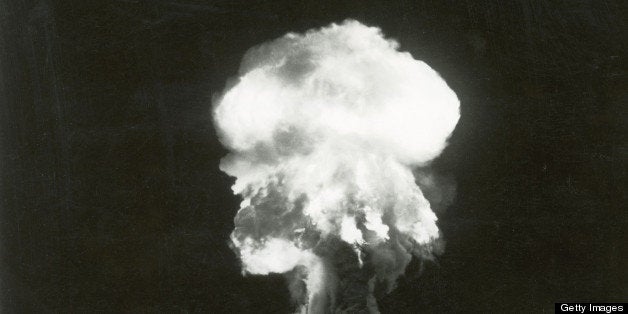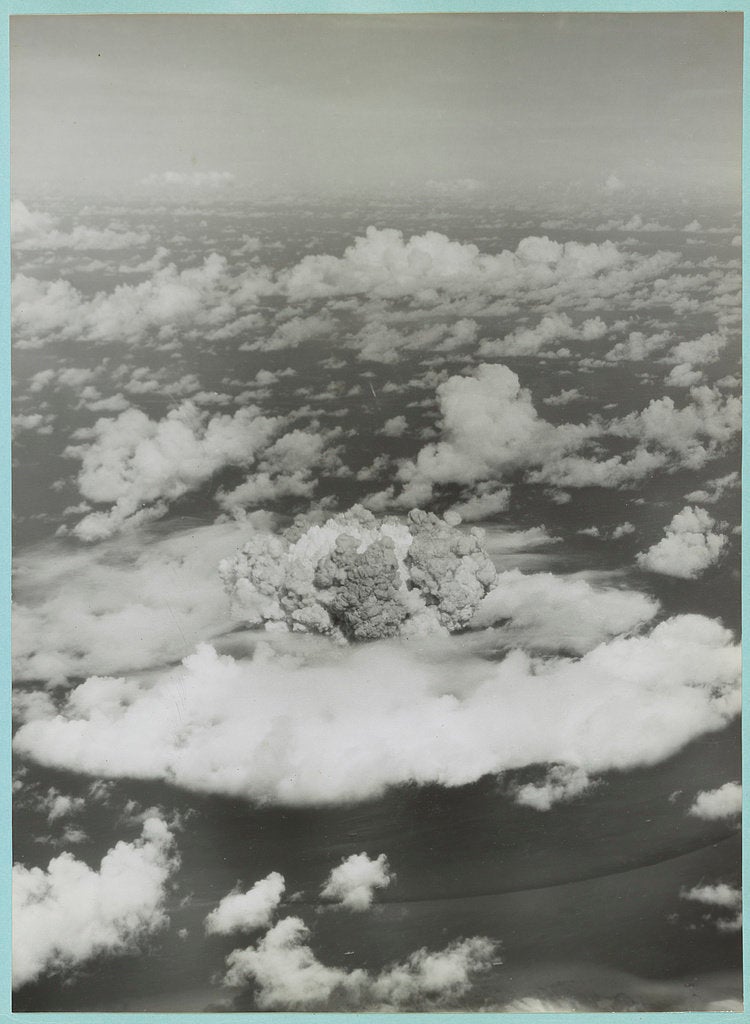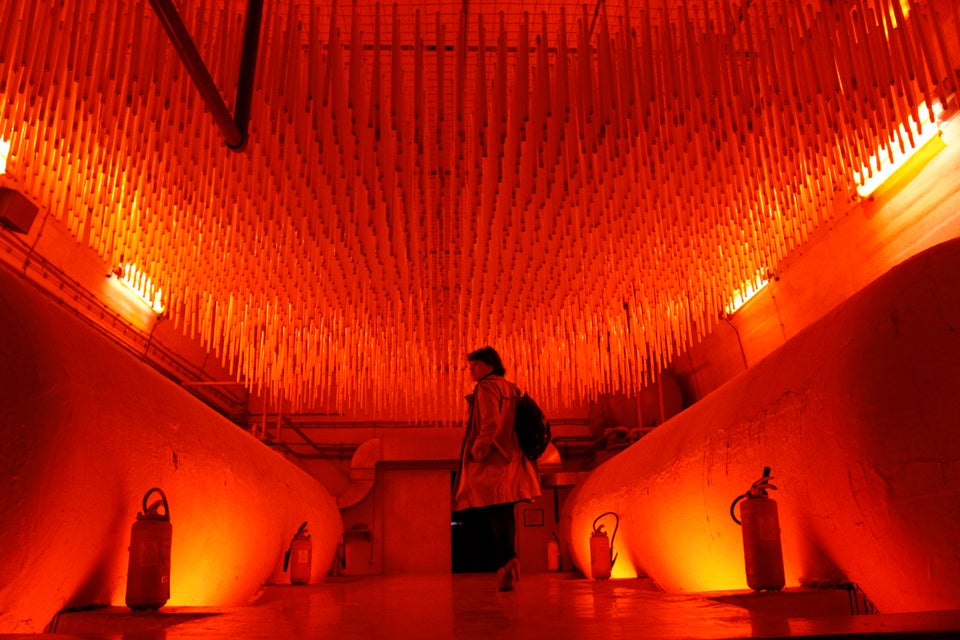
On May 21, 1956, the United States exploded its first airborne hydrogen bomb above the Bikini Atoll, a chain of Pacific islands north of the equator.
Twenty three nuclear tests were carried out at the Bikini Atoll between 1946 and 1958 -- tests that displaced the islands' residents, contaminated the environment, helped inspire a half century-long arms race, killed some Japanese fishermen and led to the making of the movie Godzilla.
Story continues below...
For those curious about this country's nuclear history, travel to the Bikini Atoll, which is now a SCUBA destination -- a collection of irradiated warships are underwater for the brave diver's exploration. (Operators promise low levels of radiation exposure!)
Brace yourself for historical impact closer to home, as well.
Enola Gay -- Smithsonian Air and Space Museum Steven F. Udvar-Hazy Center, Chantilly, Va.
On August 6, 1945, the Enola Gay, a military Boeing B-29 Superfortress, dropped the first atomic weapon used in a field of combat on Hiroshima, Japan.
You can check out the plane that brought years of pain to the city of around 350,000 people. The bomb killed an estimated 90,000 to 160,000 people as a result of the blast and the subsequent radiation.
Atomic Bomb Casings -- National Museum of the United States Navy, D.C.
The two atomic bombs the United States dropped on Japan in August 1945 had nicknames -- "Fat Man" and "Little Boy." "Little Boy" landed in Hiroshima on August 6, "Fat Man" hit Nagasaki on August 9.
While the bombs were, obviously, obliterated, the casings that held the two nukes remain and are on display at the National Museum of the United States Navy on the grounds of the Washington Navy Yard in Southeast.
Fallout Shelters -- All Over D.C.
In 1965, during the height of the Cold War and only two years after the Cuban Missile Crisis, the District was home to 1,000 nuclear fallout shelters.
There are still many of these shelters all over the District. You can find the site of the nearest fallout shelter in your neighborhood using a map from "District Fallout," an organization aimed at preserving the history of these shelters.
Of course, perhaps the most interesting shelter may be the hardest to visit -- inside the Capitol Building.
Push The Button To Drop A Bomb -- Madame Tussaud's Wax Museum, D.C.
President Harry Truman made the final decision to drop nuclear weapons on Japan, but Madame Tussaud's gives you have the ability to make the decision yourself.
In a room dedicated to Presidents Franklin Delano Roosevelt and Truman is the “bomb barrel." Complete with a radioactive trefoil warning symbol, the display asks if "Could you push the button to start a World War?" If your answer is yes and you do press the button, alarms go off alerting you to impending doom.
But if museums and history aren't your thing, check out this site, which maps whether or not you would survive a nuclear attack on your city.

